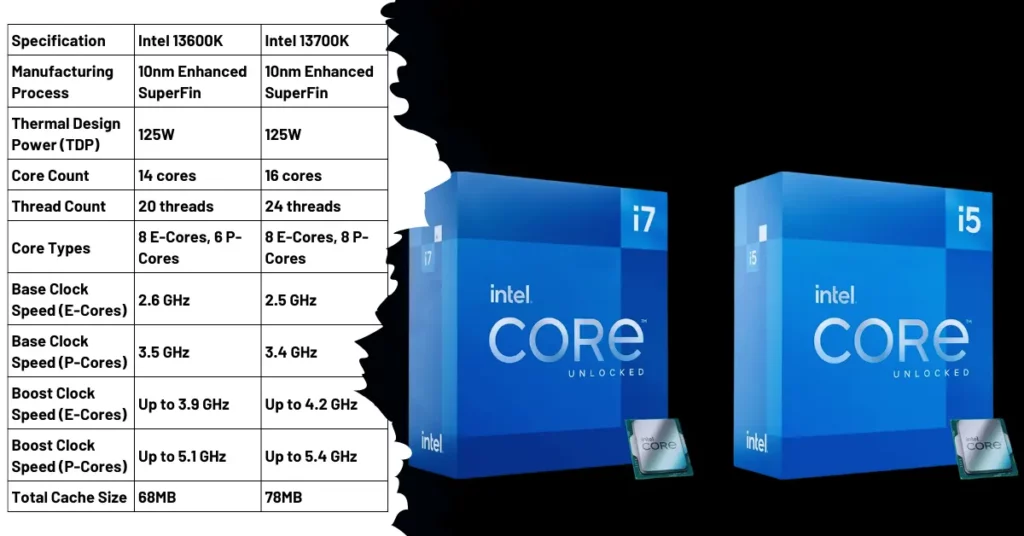Sony has just unveiled its latest pro-oriented mirrorless camera, the Sony A9 III, which is the world’s first full-frame camera to use a global shutter sensor. This revolutionary sensor technology enables the camera to capture fast-moving subjects and scenes without any distortion, blackout, or flash sync limitations.
The A9 III is designed for sports, wildlife, photojournalism, and other high-speed action photography, offering unmatched performance and reliability.
Contents
What is a Global Shutter Sensor and Why is It a Game-changer?
A global shutter sensor is a type of image sensor that reads all the pixels simultaneously, instead of scanning them line by line as in a conventional rolling shutter sensor. This means that the sensor can freeze the motion of the scene without any distortion or artifacts caused by the relative movement of the subject and the camera.
A global shutter sensor also eliminates the blackout effect, which is the brief interruption of the viewfinder or LCD screen during high-speed continuous shooting. This allows the photographer to track the action without any interruption or lag.
A global shutter sensor also enables flash sync at any shutter speed, which is a huge advantage for photographers who need to use artificial lighting in challenging situations. Normally, flash sync is limited by the maximum sync speed of the camera, which is usually around 1/250s or 1/200s.
This means that if the shutter speed is faster than the sync speed, the flash will not fire or will only illuminate part of the frame. With a global shutter sensor, the flash can fire at any shutter speed, even up to 1/80,000s, which is the maximum shutter speed of the A9 III. This opens up new creative possibilities for using flash in bright daylight or freezing fast motion with flash.
Sony Announces a9 III, World’s First Global Sensor Full-Frame Camera:
#Sony Announces a9 III, World’s First Global Sensor Full-Frame Camera https://t.co/1AAqMltnRG
— M1Κ4_3L (@M1K4_3L) November 7, 2023
What Are the Key Features and Specifications of the Sony A9 III?
The Sony A9 III is a 24.6MP full-frame mirrorless camera that boasts a global shutter sensor and a powerful BIONZ XR processor. The camera can shoot raw continuously at up to 120 fps with real-time recognition autofocus and auto exposure.
The autofocus system uses a dedicated AI processing unit that can recognize and track various subjects, such as humans, animals, birds, vehicles, and planes, with high accuracy and speed.
The camera also features a pre-capture function that can buffer up to 1.6 seconds of images before the shutter button is pressed, ensuring that the decisive moment is not missed.
The A9 III also has impressive video capabilities, such as 4K/60p (oversampled from 6K) and 4K/120p slow motion without any crop. The camera supports 10-bit 4:2:2 All-I recording, 16-bit raw output, and various color profiles, such as S-Cinetone and S-Log3.
The camera also has a 4-axis tilting touchscreen LCD, a 9.44M-dot OLED viewfinder, dual CFexpress Type A / SD card slots, a speed boost button, and a redesigned body with improved ergonomics and durability. The Sony A9 III is expected to be available from the end of January 2024, with a list price of $5,999 / £6,100 / AU$10,499.
If you want to check out more recent articles. You can check the link below:
- Apple Promises Fix for watchOS 10.1 Battery Drain Issue
- AMD’s MI300X AI Accelerator: a Game-changer for Generative AI Applications
How Does the Sony A9 III Compare to Its Competitors?
The Sony A9 III is a unique camera that has no direct competitors in the market. The closest rivals are the Canon EOS R3 and the Nikon Z9, which are also pro-oriented full-frame mirrorless cameras that target sports and action photographers.
However, neither of them has a global shutter sensor, which gives the A9 III a clear edge in terms of speed, accuracy, and versatility. The Canon EOS R3 has a 24.1MP stacked sensor that can shoot up to 30 fps with an electronic shutter and up to 12 fps with a mechanical shutter.
The Nikon Z9 has a 45.7MP stacked sensor that can shoot up to 20 fps with an electronic shutter and up to 10 fps with a mechanical shutter. Both cameras have blackout-free shooting, but they still suffer from rolling shutter distortion and flash sync limitations.
The Sony A9 III also has an advantage in terms of video performance, as it can shoot 4K/120p without any crop, while the Canon EOS R3 and the Nikon Z9 have a 1.6x and 1.5x crop, respectively, at that frame rate.
The Sony A9 III also has a higher-resolution viewfinder and a more flexible LCD screen than its competitors. The only areas where the Canon EOS R3 and the Nikon Z9 may have an edge over the Sony A9 III are the battery life, the eye control autofocus, and the in-body image stabilization, which are claimed to be better on the Canon and Nikon cameras.
Conclusion
The Sony A9 III is a groundbreaking camera that introduces the world’s first full-frame global shutter sensor, which enables unprecedented speed, accuracy, and versatility for sports and action photography.
The camera also offers impressive video capabilities, a high-resolution viewfinder, a tilting touchscreen LCD, and a robust and ergonomic body. The Sony A9 III is the ultimate camera for professional photographers who need to capture the fastest and most challenging subjects and scenes. The camera is expected to be available from the end of January 2024, with a list price of $5,999 / £6,100 / AU$10,499.

